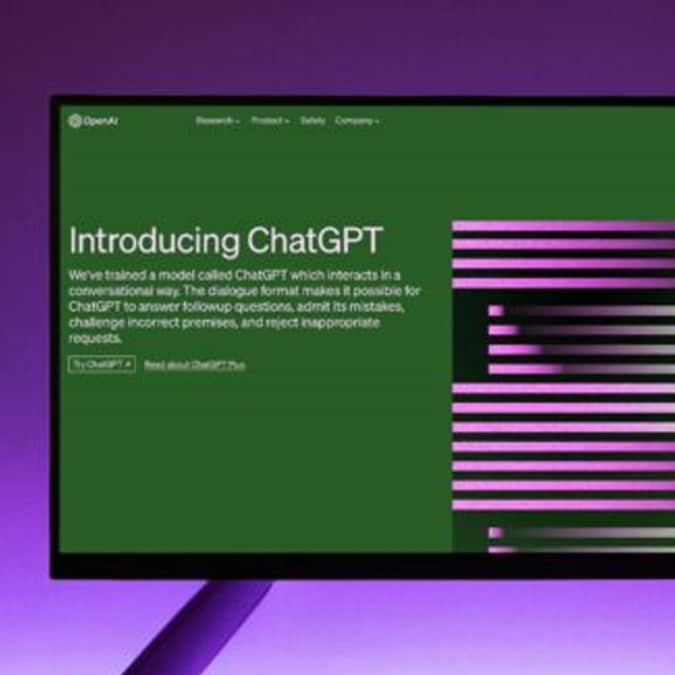Transformation & Change Newsletter – Capturing hearts & minds through creative comms
What we cover: Global trends in employee disengagement; Using creative campaigning to capture employee attention and drive action: a Q&A with Rachel Mackie, Associate Director at Havas SO; Boosting campaign creativity with AI; Dates to put in your diary; And a suggested approach for enhancing internal comms through design.
Did you know?
Employee engagement remains a top priority for business success, with low engagement costing the global economy 9% of global GDP according to Gallup’s 2024 State of the Global Workplace report. The report also found only 23% of employees globally classified as “Engaged,” 62% as “Not Engaged,” and 15% as “Actively Disengaged”, highlighting the critical role of internal communications in actively engaging employees to drive business performance.
The bottom line
These statistics underscore the critical need for internal comms teams to go beyond traditional methods and think creatively to capture employees’ attention and motivate meaningful engagement. Creative internal campaigns can transform how employees connect with their work and company, fostering a sense of belonging and commitment. Ultimately, internal comms teams have the potential to elevate employee engagement through creative communications—and in doing so, strengthen business performance.
Q&A
We interviewed Rachel Mackie, Associate Director at Havas SO, on using creative campaigning to capture employee attention and drive action.
What are the foundational elements of a successful internal creative campaign?
Tell a story, cut through the noise, use impactful visuals or a core creative concept, and meet employees where they are. People are busy, so it’s important to use a range of different channels and to be clear and consistent with any messaging. If it’s a global campaign, engage early with different countries to bring them along the journey. Give them the space to be creative – great ideas can come from anywhere! And always consider how different cultures will receive something, as centrally developed content might not resonate with everyone. To arrive at a big creative idea, we often start with a core insight, centred around a fundamental understanding of the company, its culture, employees, and the campaign subject, and work from there.

What are some potential pitfalls or mistakes to avoid when creating a creative internal campaign?
The way we communicate within our organisations is as important as how we communicate outside of them. The same potential pitfalls apply, like unexciting content, or not considering the timing of when something will land. Specific mistakes to avoid include:
- Convoluted messaging: there may be multiple different internal campaigns or messages shared at once. Keep it simple and concise. Make information easy to digest, view or use.
- Timings: ensure you’ve given enough time and thought to internal campaigns, especially if they are tied to a wider announcement or launch.
- Lack of relevance: a good campaign reaches each person it was intended for. For example, in pharmaceutical companies there are many different functions, each with a unique work environment – from researchers in laboratories, to sales representatives in the field. Avoid the pitfall of not creating content with each specific audience in mind.
What advice would you give to internal comms teams trying to push the boundaries of traditional campaigns to reach employees more effectively?
Internal campaigns can be some of the most creative campaigns that we work on. It doesn’t have to be a huge campaign for it to push the boundaries. Keep it engaging but also consider the wider context – what’s going on in the organisation at that point in time? Focus on delivering something that will be meaningful, authentic, and custom-designed. And remember, whilst novelty and innovation can be exciting, they will only get you so far. Start with what your company culture already looks like, the challenge you’d like to address, and then think about the environment and what you could do to stand out and have an impact. Challenging the norm can be met with hurdles along the way. If you truly believe in an idea, stick with it, keep reminding yourself of what the end goal is, and you’ll find a way!
Trending
Boosting campaign creativity with AI
Artificial Intelligence (AI) is transforming how organisations develop and execute creative campaigns by offering new tools to assist with brainstorming, content creation, and even design. From generating new ideas to uncovering patterns in data and automating time-consuming tasks, AI enables teams to quickly iterate and tailor messages, freeing up time to focus on strategic thinking. For example, AI-powered tools are helping teams craft content that resonates with different audiences, build tailored visuals, and even develop entire storylines based on data-driven insights. By using AI for campaign development, companies can create content that is more targeted, adaptive, and effective at capturing audience attention in a busy digital landscape.
Source: Forbes

AI tools for creative internal campaigns
AI offers internal comms teams a range of innovative tools to bring creative campaigns to life, such as:
- Generative AI chatbots (e.g., ChatGPT and Copilot): useful for brainstorming ideas and drafting engaging content, generative AI tools allow internal comms teams to quickly refine messages or tailor campaign content.
- AI-powered research assistants (E.g., NotebookLM, Perplexity): these tools assist in understanding and creating structured multimedia content, like newsletters, and presentations, and even podcasts, making it easier to produce engaging formats that resonate with diverse audiences.
- Image generation tools (e.g., DALL-E, Midjourney): with the help of these tools, internal comms teams can create unique, campaign-specific visual content or refine existing designs, to support visual storytelling.
- Video generation tools (e.g., Synthesia, Lumen5, Descript): AI-powered video tools make it easier to transform written content into dynamic videos. From automated video generation with avatars to video editing and adding animations, these tools allow teams to create polished video content without extensive production resources.
Using these tools strategically, internal comms teams can unlock new levels of creativity, allowing for fresh ways to connect with employees. However, AI tools should be used carefully. Text is not guaranteed to be factually accurate, while image generation does not confer ownership of the image rights. At H/Advisors Maitland, we follow robust AI guidance which highlights three key areas of compliance – confidentiality, attribution, and accuracy – ensuring we think about transparency and attribution with clients, comply with clients’ regulatory environments, and never input confidential information into open AI platforms.
Key dates for the diary ????
Internal Communications and Engagement Live 2025
22 January 2025, London, United Kingdom
This one-day conference, hosted by Communicate magazine, brings together leaders and innovators to explore the future of internal communications in 2025. As organisations face growing challenges in talent retention, managing change, and engaging dispersed teams, this event will focus on the strategies and solutions that are essential to staying ahead of these trends. Link to website
30 January 2025, Manchester, United Kingdom
This conference focuses on elevating the innovative and impactful capabilities of Internal Communications. This year, the event will explore topics such as harnessing practical AI, optimising new channels and compelling content, measuring and driving strategic impact, and engaging and connecting all employees. Link to website
Internal Communications Europe
4-5 July 2025, Berlin, Germany
This summit brings together decision makers, influencers and thought leaders in internal communications to discuss human communication at the edge of AI. The event focuses on the latest trends and challenges in employee communications in the new world of work. Link to website
Why design matters
In most ways, your internal audiences are like any other. People with limited time, attention and memory. Great internal communication goes beyond words; visual design helps make communications more accessible, engaging, and memorable for employees. We spoke to Ed Wilkins, Head of Design and UX at H/Advisors Maitland on why design matters:

Maximise engagement and retention: Design boosts engagement by up to 80% and ensures employees retain much more information compared to text only assets. Clear graphics and illustrations make important messages enjoyable, easier to recall, and actionable.
Simplify complex information: Design transforms complex information into accessible and understandable content, improving comprehension by up to 400%. Infographics and video content are great examples, but don’t forget to make them interactive where possible. Interaction can break up content, make the reader feel involved and improve the overall experience.
Ensure accessibility: Thoughtful design makes communications accessible to everyone, including the 15% of the population with disabilities. Readable fonts and proper colour contrast show a commitment to inclusivity and keeps everyone in the loop.
Reinforce company culture: When internal communications are on-brand and well-designed, employees feel connected and valued. Don’t just tell them the vision and mission. Let them literally picture it. Design, when carefully partnered with storytelling, reminds employees of their important role in the bigger picture, and elicits a meaningful, emotional response.
Find the flex: While brand consistency is essential, so is recognising the need for variation. Stale layouts lead to disengagement. Make sure to define the room for adaptation within brand guidelines. It means you can keep things fresh with new ideas that turn heads yet remain yours.
Get in touch
Please contact Adaora Geiger, Head of Transformation & Change, for more information on our services.
+44 7833 200401






